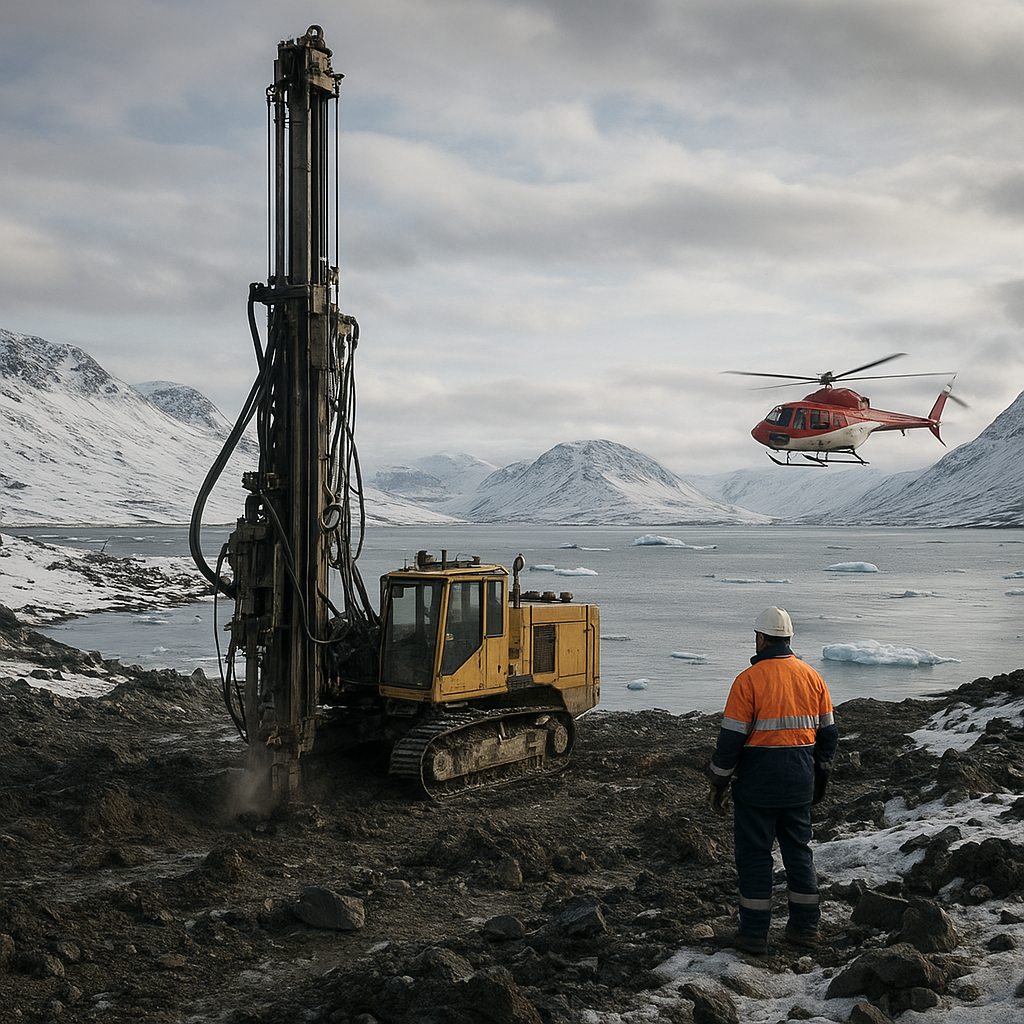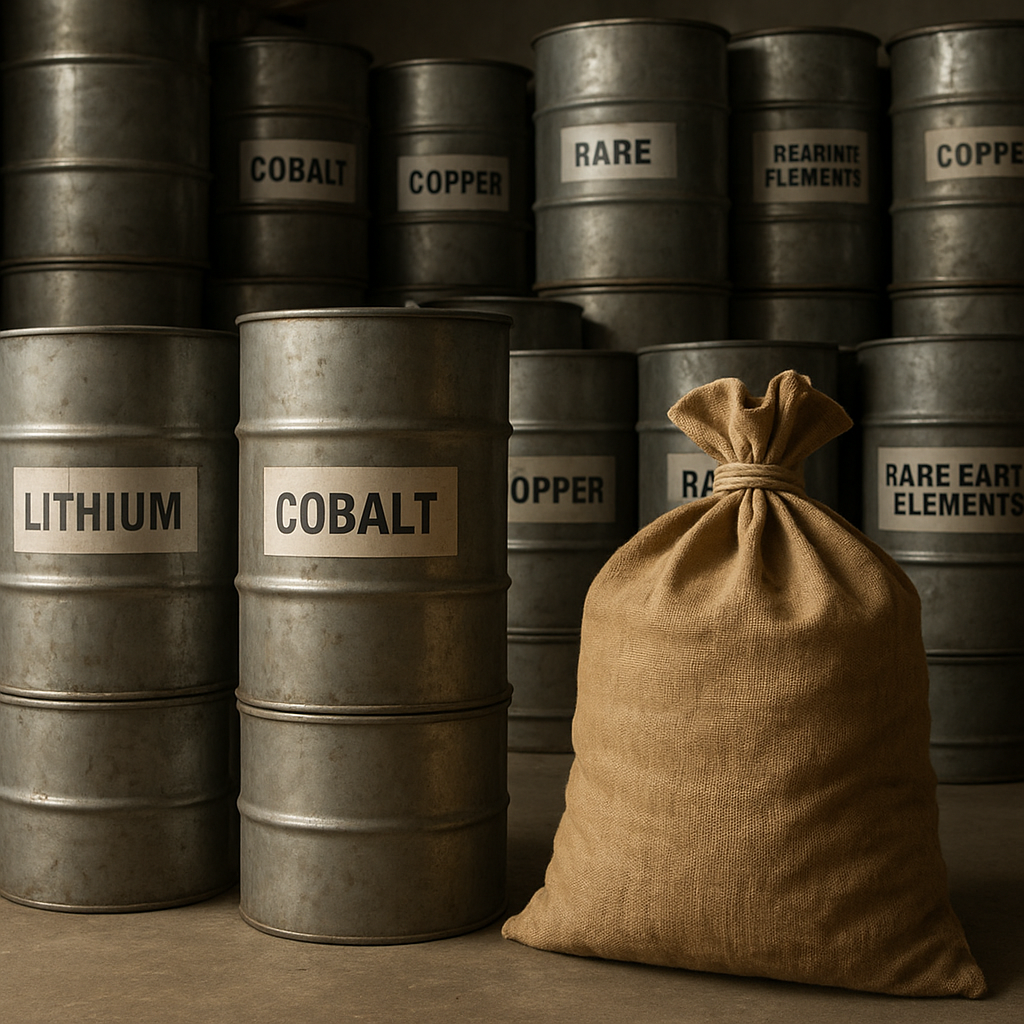Rare metal mining in Greenland is emerging as a new frontier in the global quest for critical resources. As the demand for rare metals continues to rise, Greenland’s untapped mineral wealth presents both opportunities and challenges for the mining industry. This article explores the potential of Greenland’s rare metal deposits, the environmental and geopolitical implications, and the technological advancements driving this burgeoning sector.
Greenland’s Untapped Potential
Greenland, the world’s largest island, is rich in natural resources, including a variety of rare metals essential for modern technology. These metals, such as neodymium, dysprosium, and terbium, are crucial components in the production of high-tech devices, renewable energy technologies, and advanced military equipment. The island’s unique geological formations, shaped by millions of years of tectonic activity and glaciation, have resulted in significant deposits of these valuable minerals.
Recent geological surveys and exploratory missions have identified several promising sites for rare metal mining in Greenland. The Kvanefjeld project, located in the southern part of the island, is one of the most notable examples. It is estimated to contain one of the world’s largest deposits of rare earth elements, along with significant quantities of uranium and zinc. Other potential mining sites include the Kringlerne and Motzfeldt complexes, which also boast substantial reserves of rare metals.
The potential economic benefits of developing Greenland’s rare metal resources are substantial. For Greenland, a territory with limited economic diversification, mining could provide a significant boost to the local economy, creating jobs and generating revenue. For the global market, Greenland’s resources could help alleviate the supply constraints and price volatility associated with rare metals, which are currently dominated by a few key players, notably China.
Environmental and Geopolitical Implications
While the economic prospects of rare metal mining in Greenland are promising, they come with significant environmental and geopolitical considerations. The island’s fragile Arctic ecosystem is particularly vulnerable to the impacts of mining activities. The extraction and processing of rare metals can lead to habitat destruction, water pollution, and the release of radioactive materials, posing risks to local wildlife and communities.
Greenland’s government and potential mining companies must navigate these environmental challenges carefully. Implementing stringent environmental regulations and adopting sustainable mining practices will be crucial to minimizing the ecological footprint of mining operations. Additionally, engaging with local communities and indigenous groups to ensure their rights and interests are respected is essential for fostering social license to operate.
On the geopolitical front, Greenland’s rare metal resources have attracted the attention of major global powers. The strategic importance of these metals, coupled with Greenland’s location in the Arctic, has heightened interest from countries such as the United States, China, and the European Union. This interest has the potential to reshape geopolitical dynamics in the region, as nations vie for access to Greenland’s resources and influence over its development.
Greenland’s government faces the challenge of balancing foreign investment with national interests. Ensuring that the benefits of mining are equitably distributed and that Greenland retains control over its resources will be key to maintaining sovereignty and avoiding exploitation by external actors.
Technological Advancements and Future Prospects
The future of rare metal mining in Greenland will be heavily influenced by technological advancements in the industry. Innovations in mining techniques, such as remote sensing, automation, and advanced processing technologies, have the potential to make mining operations more efficient, cost-effective, and environmentally friendly.
Remote sensing technologies, including satellite imagery and aerial surveys, can help identify and map mineral deposits with greater accuracy, reducing the need for invasive exploratory drilling. Automation and robotics can enhance the safety and efficiency of mining operations, particularly in Greenland’s harsh Arctic conditions. Advanced processing technologies, such as hydrometallurgical and bioleaching methods, offer more sustainable alternatives to traditional extraction techniques, minimizing environmental impacts.
As these technologies continue to evolve, they will play a crucial role in unlocking Greenland’s rare metal potential. However, the successful development of the mining sector will also depend on factors such as infrastructure development, regulatory frameworks, and international collaboration.
In conclusion, rare metal mining in Greenland represents a new frontier with significant opportunities and challenges. The island’s untapped mineral wealth has the potential to transform its economy and contribute to global supply chains. However, careful consideration of environmental, social, and geopolitical factors will be essential to ensure that mining activities are sustainable and beneficial for all stakeholders involved. As the world continues to seek out new sources of rare metals, Greenland’s role in this dynamic landscape will undoubtedly be one to watch.












